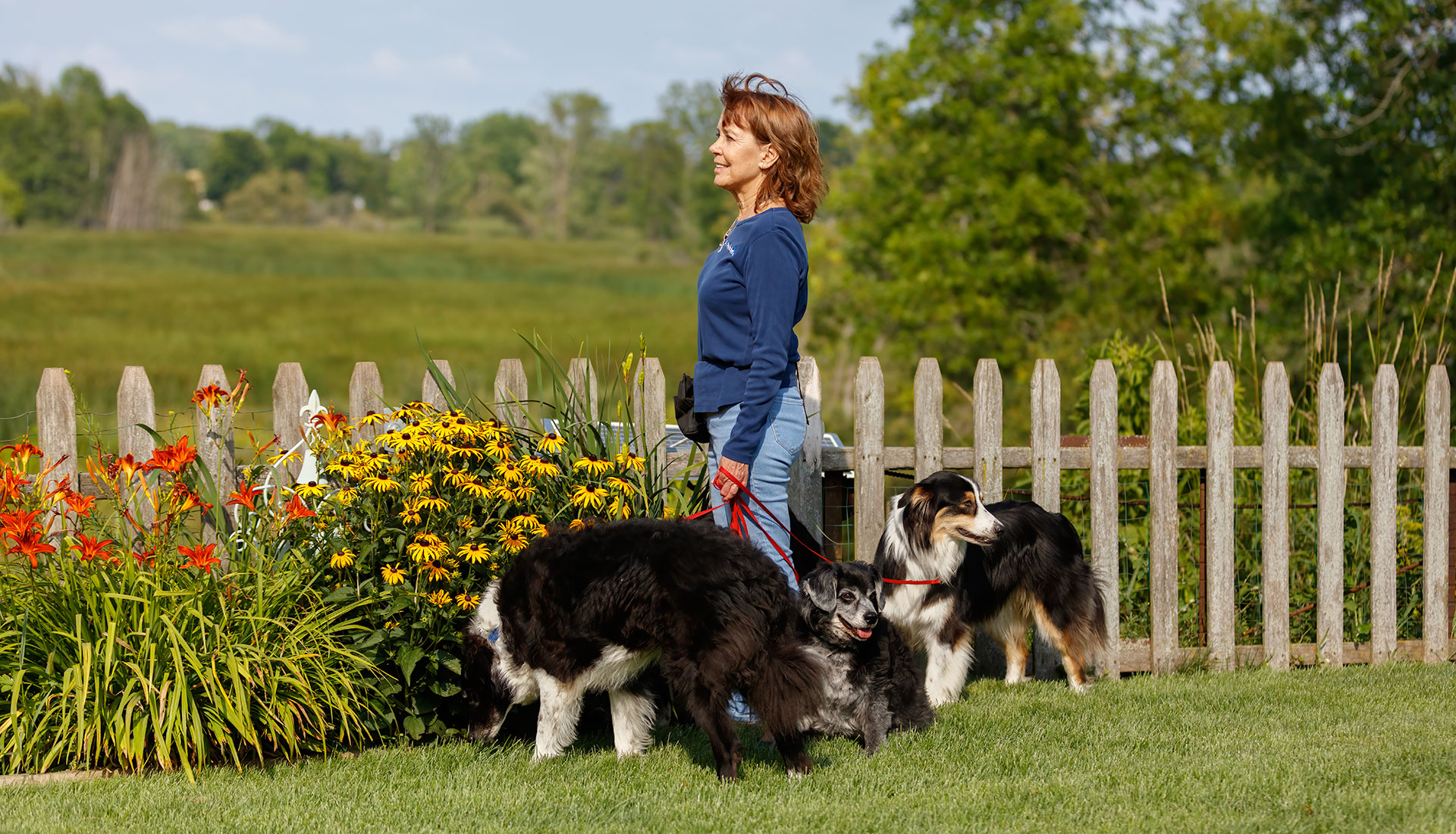24 Apr Protecting Your Pet from Fleas and Ticks
 The warmer winds of spring and summer are finally blowing in to our winter-weary area, but along with the comforting warmth of the season, uncomfortable fleas and ticks become a unwelcomed nuisance—and a health hazard, both for us and our treasured pets.
The warmer winds of spring and summer are finally blowing in to our winter-weary area, but along with the comforting warmth of the season, uncomfortable fleas and ticks become a unwelcomed nuisance—and a health hazard, both for us and our treasured pets.
Traditional flea and tick collars and preparations are available to ward off these dangerous creepy crawlers, whose bites are not only uncomfortable for our dogs and cats, but can also carry dangerous diseases including Lyme’s Disease.
But as with all chemical preparations, there are pluses and minuses. Last Christmas I lost Ellie, a beloved member of my pack. She was diagnosed around Thanksgiving and quickly passed away from liver failure. Her health problems could have been caused by many thing, one of which was flea and tick preparations. Basically these collars and preparations are pesticides, similar to what you’d use on your lawns and in your gardens, but in the case of your pets, applied directly to their bodies.
Choosing flea and tick preparations is a very personal decision. But after doing some research, I have decided to go with a product that uses natural oils for protection. If you decide to go the natural route you will find there are many products available.
One of the biggest differences you’ll notice is that they probably don’t last as long as some of the other preparations, but they are also considerably less expensive. Some smell better than others…you need to try different brands to find the one you’re most comfortable with.
There are even recipes available online for making your own natural flea and tick preventative applications. Regardless of whether you go the natural way or use commercial, chemical-based preparations, I’d strongly suggest you avoid preparations with the following potentially hazardous ingredients: Tetrachlorvinphos, pyrethroids, and any ingredient that ends in “-thin,” such as permethrin, deltamethrin and flumethrin, as well as etofenprox.
I would also suggest you do the research and find the method you are most comfortable with. We all share the same goal of wanting to help our dogs…not hurt them. Enjoy the warmer weather with your pet, and have a safe and healthy season!

